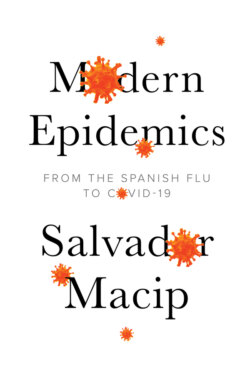Читать книгу Modern Epidemics - Salvador Macip - Страница 34
Smallpox, a disease of the past
ОглавлениеThere is only one microbe causing diseases in humans that we have managed to eradicate from the planet. This sole example, so far, is the virus responsible for smallpox, a disease characterized by a generalized rash with fever and which, in serious cases, can have a mortality rate of between 20 and 60 per cent. It also has numerous sequelae, including blindness. It is believed that, throughout history, the smallpox virus has killed more humans than any other, and not only in ancient times. In the eighteenth century, 400,000 Europeans died of smallpox every year and, in the twentieth century, it killed between 300 and 500 million people worldwide. In 1967 alone, it infected up to 15 million people, according to a World Health Organization (WHO) report.
The success in terms of healthcare has been due to vaccination campaigns which, as I will explain below, began in the nineteenth century. The last smallpox patient was registered in the United States in 1949, while the world’s last natural infection was seen in Somalia, in 1977. Vaccinations which, in themselves, could give rise to small outbreaks of smallpox, ceased to be given not long afterwards. In May 1980, the 33rd World Health Assembly officially declared the world free of smallpox.
